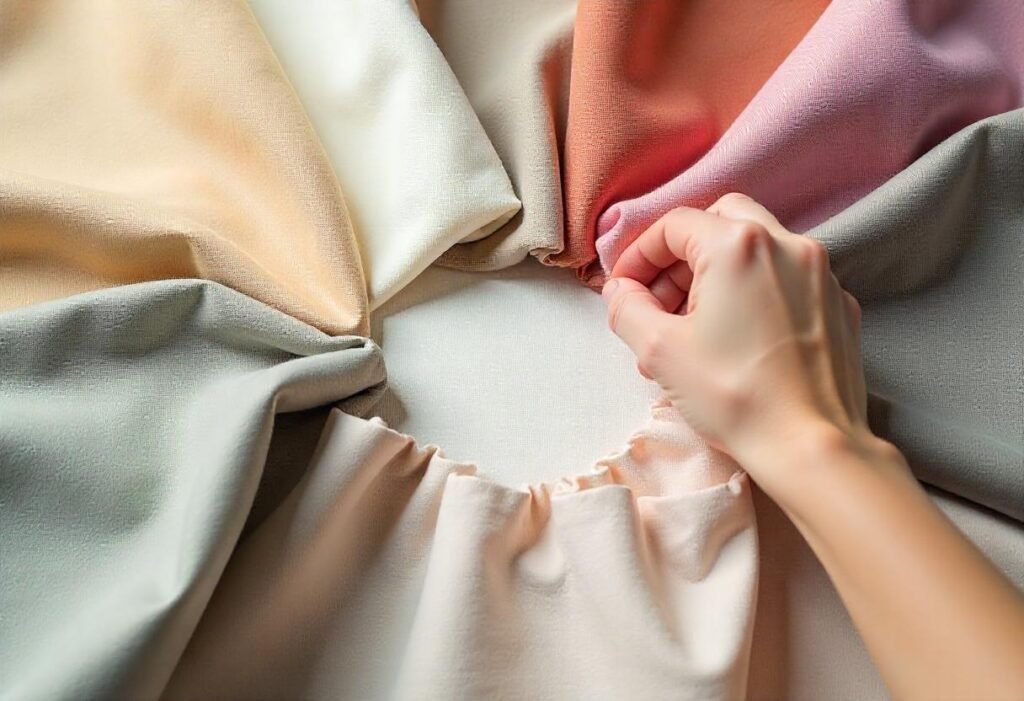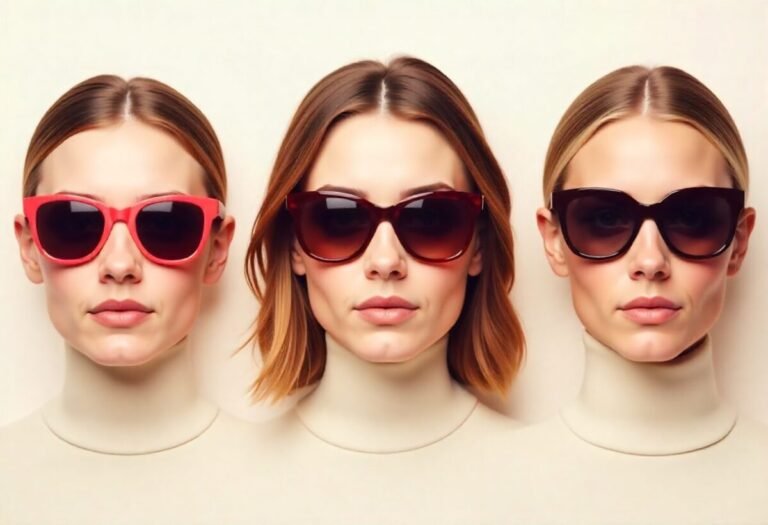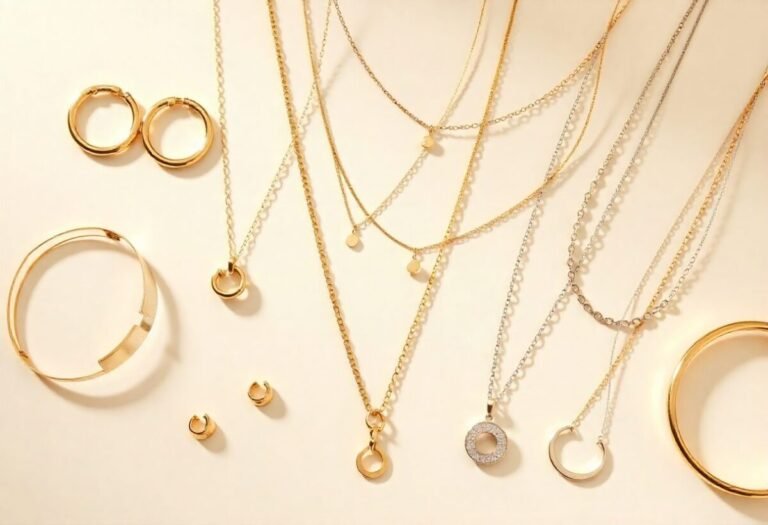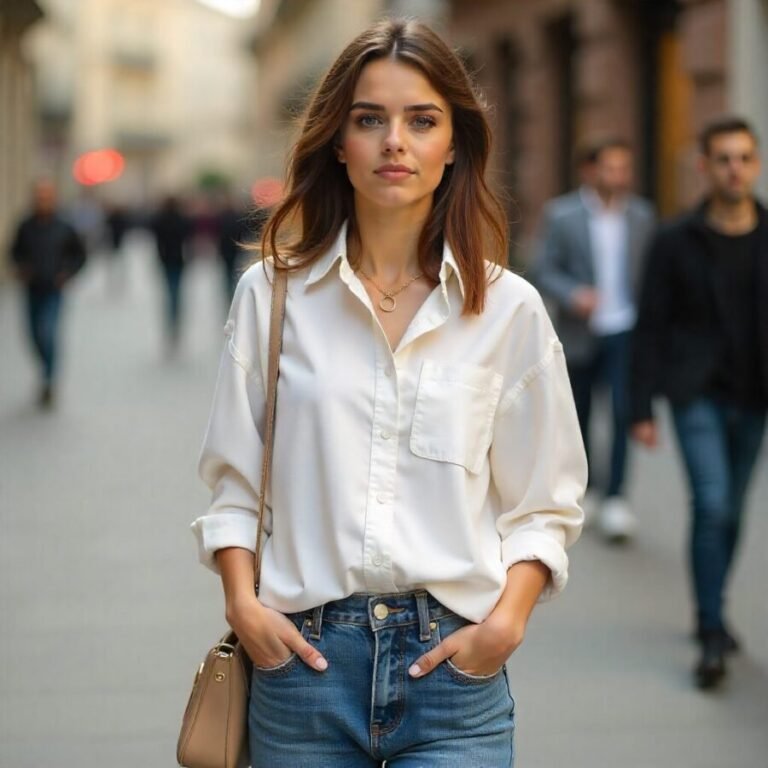A fabric is a pliable material made by weaving or knitting synthetic or natural fibers. However, there are different types of fabric material, ranging from breathable linen to insulating wool. Professional fashion designers and regular shoppers are picky about the quality of textiles. Every fabric has unique qualities, which are essential for various applications.

Explore the most popular types of fabrics
Cotton
Obtained from cotton plant fibers, cotton is soft and breathable. Designers use this natural material to make clothing and even bedding. As fabric is highly absorbent, the cotton clothes will make you feel comfortable. Moreover, they are machine washable and can withstand extreme temperatures. Being recyclable, cotton is an environmentally friendly fabric.
Wool
Richly textured and resilient wool is another versatile organic fabric used for making-
- Blankets
- Scarves
- Sweaters
Woolen outfits make you feel comfortable and warm in the winter season. Elasticity and insulation are some distinct characteristics of wool.
This fabric resists wrinkles, which helps your clothes retain their shape. While you can wash wool clothes in a machine, washing them manually is the best way to keep them safe.
Linen
Obtained from flax plant fibers, linen is an organic fabric. As linen guarantees comfort and freshness, many garment manufacturers use this fabric for designing summer dresses. Linen is also a highly absorbent and strong fabric with extreme breathability. But, this lightweight fabric may get wrinkled easily. Linen is also used for upholstery and other home decor. Even diaper manufacturers use linen because of its hypoallergenic properties.
Silk
Mulberry silkworm larvae are the source of silk fabric. The luxurious texture has made the elegant fabric a perfect choice for making garments. Although silk is lightweight, it has strength and insulation properties. From jackets to pajamas, different clothes are made from raw silk. On the contrary, hand-spun mulberry silk is best for designing sleeping bags and comforters. Muga silk cloth is often used to make sarees. So, there are multiple varieties of silk used for different purposes.
Nylon
If you are looking for synthetic kinds of textile fabric, nylon is a popular choice. Nylon is the first commercially viable artificial textile, which is an alternative to silk. The abrasion-resistant and durable nylon is used for products like-
- Swimwear
- Hosiery
- Sportswear
- Rainwear
Thus, mildew-resistant, quick-drying nylon has a range of applications. This variety of fabric also has high elasticity and wrinkle-resistant ability. Machine washing with warm water will maintain the quality of nylon for years. But, bleaching is not safe for this synthetic textile.
Leather
It is different from other natural fabrics because leather is sourced from animal hides. Flexibility and durability have made it a versatile material for different goods, including
- Clothing
- Shoes
- Furniture
- Handbags
- Car interiors
The animal’s skin is properly treated with chemicals to make it stronger and softer. Suede is a soft leather, though not water-resistant. However, leather items need special attention to retain the original quality for years. Regular conditioning will prevent cracking and drying problems.
Muslin
This plain-weave cotton textile is also known as cheesecloth. As muslin is highly versatile and lightweight, you can use it for your sewing projects. Softness and breathability are other characteristics of muslin. However, you will find variations in weaves and weights. Originally, muslin had a neutral shade, which allows you to add any dye and print for customization. Thus, show your creativity on a piece of muslin.
Sometimes, muslin is bleached well to create a highly refined finish. Bleaching leads to a white appearance, which makes a difference in aesthetics. On the contrary, an unbleached version has a natural color and is a more affordable choice.
Cashmere
Made from a certain goat’s hair, cashmere is a soft, luxurious fabric. Its exceptional durability and warmth have made cashmere different from other textiles. Cashmere garments are breathable and lightweight, adjusting to your body temperature. Lavish cashmere accessories range from scarves to ponchos. As they add a comforting warmth layer, you will feel comfortable in winter.
However, cashmere is also used for various travel accessories (like eye masks and neck pillows) to provide the best travel experience. Moreover, decorative cushions made from cashmere are best for home decoration purposes.
Polyester
Clothing manufacturers use polyesters to design jackets and shirts. As the synthetic fabric is durable and wrinkle-resistant, it is a perfect choice for your outfits. Other characteristics of polyester are-
- High strength
- Dry quickly
- Abrasion resistant
However, polyester clothes are not the right option for those who have sensitive skin. Still, many consumers prefer polyester clothes because they are easily machine washable. You should choose a cool setting while ironing your polyester clothes.
Acrylic
Polymer (containing at least 85% acrylonitrile) is the source of acrylic fabric, which is versatile and affordable. Acrylic fabric is mainly used for-
- Socks
- Sweaters
- Rugs
- Sportswear
- Upholstery
Although acrylic fabric is lightweight, it makes you feel warm like wool. Sunlight resistance and wicking properties have made acrylic different from other textiles. Moreover, acrylic makes your clothes stretchy and comfortable to wear. Acrylic clothing is available at a reasonable price, but as the synthetic textile contains toxic materials, some consumers avoid using it.
Chiffon
With sheer elegance and lightweight nature, chiffon is a popular fabric used for fashionable clothes. From boho skirts to prom gowns, different stylish dresses are made from chiffon. The mesh-like weave has created a transparent appearance. Most people love chiffon because of its airy nature and slight shimmer.
However, you will find some variations of chiffon used for different purposes. For instance, silk chiffon is best for evening party gowns and other high-end dresses. On the contrary, nylon chiffon is a more affordable choice but is resistant to stretching.
Velvet
This thick yet soft fabric is a perfect choice for designing evening gowns and jackets. Velveteen has a distinctive sheen and is available in a range of rich colors. This fabric is also categorized in different ways. Cotton velvet is breathable and soft; on the contrary, crushed velvet has a wrinkled appearance.
Burnout velvet is another version, which has undergone a chemical process. Modern elegant lingerie is made from these types of fabrics. However, velvet is not just for designing fashionable clothes. You will find its application in the home décor and furniture upholstery.
Organza
Many fashion designers use organza to design high-end clothes, such as wedding gowns. The lightweight yet delicate fabric is also used for making home decor. Organza has a crisp texture, which makes your dresses look attractive. Furthermore, the lightweight quality will make you feel comfortable for hours. Stiffness allows organza to hold the shape of the fabric. The wrinkle-resistant textile is perfect for adding flair to garments. There are also multiple variations, from embossed to mirror organza.
Taffeta
The plain-woven, crisp fabric is used for designing high-end women’s apparel. Silk and polyesters are common textiles woven with taffeta. As the fabric has a shiny and lustrous appearance, taffeta makes your party attire attractive. The weight of taffeta varies from medium to light. The sheerness levels depend on the fiber type and the weave’s tightness. Taffeta is a lining fabric because it is soft and decorative. Like other fabrics, taffeta has some variations like yarn-dyed and antique.
Conclusion
Patterns and textures of every fabric are different. So, DIY sewers and fashion enthusiasts should know about textiles before buying clothes and household products. Most fabrics have diverse uses and have a range of variations. Depending on the fabric type, you need to wash your clothes carefully.
Which types of fabric are most durable?
Most synthetic fabrics are highly durable because they do not get damaged even after repeated washing. For this reason, many fashion brands use a blend of natural fabric and polyester. Upholstery and other items are made from only artificial fabrics.
What are the major quality issues with fabrics?
From snags and tears to shrinkage, different issues may affect the fabric quality. You may also experience color fastness problems in some textiles. The best quality textile should retain its color even after washing.
How will I prevent fabric shrinkage issues?
You must wash your clothing in cold water because hot water causes the contraction of fibers. While using a dryer, you should choose a low-heat setting. Ensure you have removed the clothes from the dryer when they are damp. Choose a gentle cycle while cleansing your fabric.
Which are the best fabrics for kid's outfits?
You may choose kid’s clothes made from cotton satin or twill. Knit fabrics (such as wool knits) are also a good choice for your children’s clothes. But, avoid buying kid’s garments made from synthetic textiles.
Which fabrics are perfect for prints?
If you like to customize your clothing with prints, look for natural fabrics. They allow screen printing and direct-to-garment printing. However, for sublimation printing, you need to choose polyester clothes.
Why do many designers choose blended fibers?
A blend of fibers improves the aesthetic value and performance of the fabric. The choice of proportions of every fiber makes a difference in quality. For instance, when wool blends with polyester, the textile retains the feel of wool.









